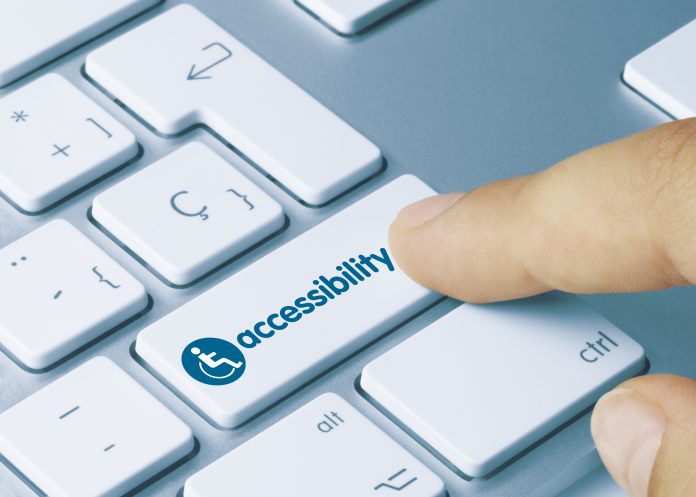Ross Linnett, Founder and CEO of Recite Me, explains how public sector bodies can write a top web accessibility statement to comply with the looming deadline imposed by the UK’s new web accessibility laws
Public sector bodies in the UK now have less than three months to ensure their websites and apps comply with the latest deadlines of The Public Sector Bodies (Websites and Mobile Applications) (No.2) Accessibility Regulations 2018.
The regulations set new website and app accessibility standards that public sector bodies including local and central government must follow, includes publishing a web accessibility statement by 23 September 2020.
With this deadline fast approaching, public sector bodies must act quickly to ensure their websites and apps comply with these requirements. Here are some tips on how to write a top web accessibility statement to help your organisation meet the deadline.
Web Content Accessibility Guidelines (WCAG)
Existing public sector websites and web content (published before the regulations came into force in September 2018) must follow the principles of the Web Content Accessibility Guidelines (WCAG) 2.1 accessibility Level AA standards by 23 September 2020.
This includes publishing a web accessibility statement, but many organisations may not know where to start when it comes to writing it.
That said, lots of public sector bodies already publish information about accessibility on their websites. The new regulations require this information to be published in a consistent way with a model statement in a fully accessible form that follows a regular format.
Explain how accessible your website is
Let’s look at the key requirements of a web accessibility statement in more detail.
You should include a section in the accessibility statement that explains how accessible your website is, which could be in the format of a list of parts of your website (or content) that aren’t accessible. An accessibility statement should also include a section for the public to contact to give feedback and report any accessibility issues.
Here’s where you can offer contact details for a person who can provide information from your website in a range of alternative formats like accessible PDFs, large print or braille. It’s worth noting here that the new web accessibility laws require you to respond in a reasonable amount of time if someone requests information in an accessible format. It should explain the enforcement procedure if people are not happy with the response.
Next, you should include technical information about your website’s accessibility and explain the compliance status. This means how the site conforms to Web Content Accessibility Guidelines (WCAG) 2.1 accessibility Level AA standard and this section of the statement should say if the site is either fully or partially compliant with the standard.
The WCAG and success criteria are organised around four principles, which set the foundation for anyone to access and use web content. They are: perceivable, operable, understandable, and robust.
Within WCAG there are 13 guidelines that provide the basic goals that designers and content creators should work toward to make content more accessible to users with different disabilities. In order to meet the needs of different groups and different situations, there are three levels of conformance: A (lowest), AA, and AAA (highest).
Say what you are doing to make your website more accessible
There should also be a section listing the content that isn’t within the scope of the accessibility regulations. For example, this could include maps and live audio and video.
Plus there should be a section to say what your organisation is doing to improve accessibility that should include information about how and when you are planning to improve the accessibility of your website.
Finally, a web accessibility statement must include a section that details the preparation of the statement itself. You can visit the government’s website to see a sample accessibility statement for a public sector website. The sample statement covers all the sections you should cover, and it includes a very handy pre-worded template you can use to describe when your statement was prepared.
Ultimately, public sector bodies must act now to prepare and publish web accessibility statements for their existing websites and apps and apps by September 23. If they don’t they won’t meet the requirements of the new regulations and leave themselves open to public criticism, damage to their reputation and enforcement action by central government.











